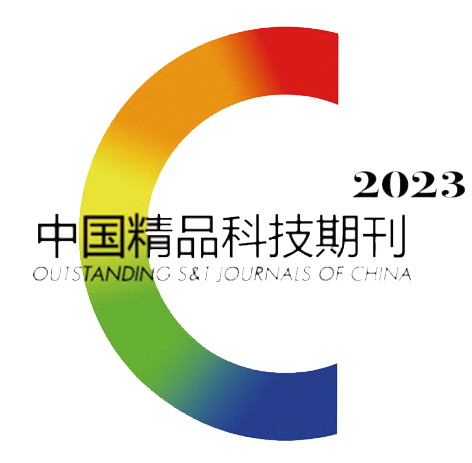Abstract:
Foodborne pathogens are important factors that contribute to foodborne illnesses, posing significant threats to food safety and human health, and presenting a major challenge for global healthcare systems. Contaminated food matrices are complex and often have low concentrations of early-stage pathogens, which hinder the sensitivity of existing detection methods. Traditional microbial culture methods are typically used to increase the concentration of pathogens for detection purposes, but these methods are time-consuming and labor-intensive, making them inadequate for the rapid testing needs of regulatory authorities. Therefore, there is an urgent need for effective methods of isolating and enriching foodborne pathogens to accurately detect early-stage contamination in food and ensure food safety. In recent years, magnetic nanoparticles have been extensively studied. By modifying their surfaces with recognition elements that can specifically bind to pathogens, they can effectively isolate and enrich foodborne pathogens in complex food matrices. When combined with existing highly sensitive detection methods, these magnetic nanoparticles enable rapid early-stage detection of foodborne pathogens. This article provides an overview of Magnetic nanoseparation technology, the coupling methods of magnetic nanoparticles with recognition elements, the types of recognition elements, and the application of combined detection methods. The aim is to provide reference for the development of rapid detection methods for foodborne pathogens.




 下载:
下载: